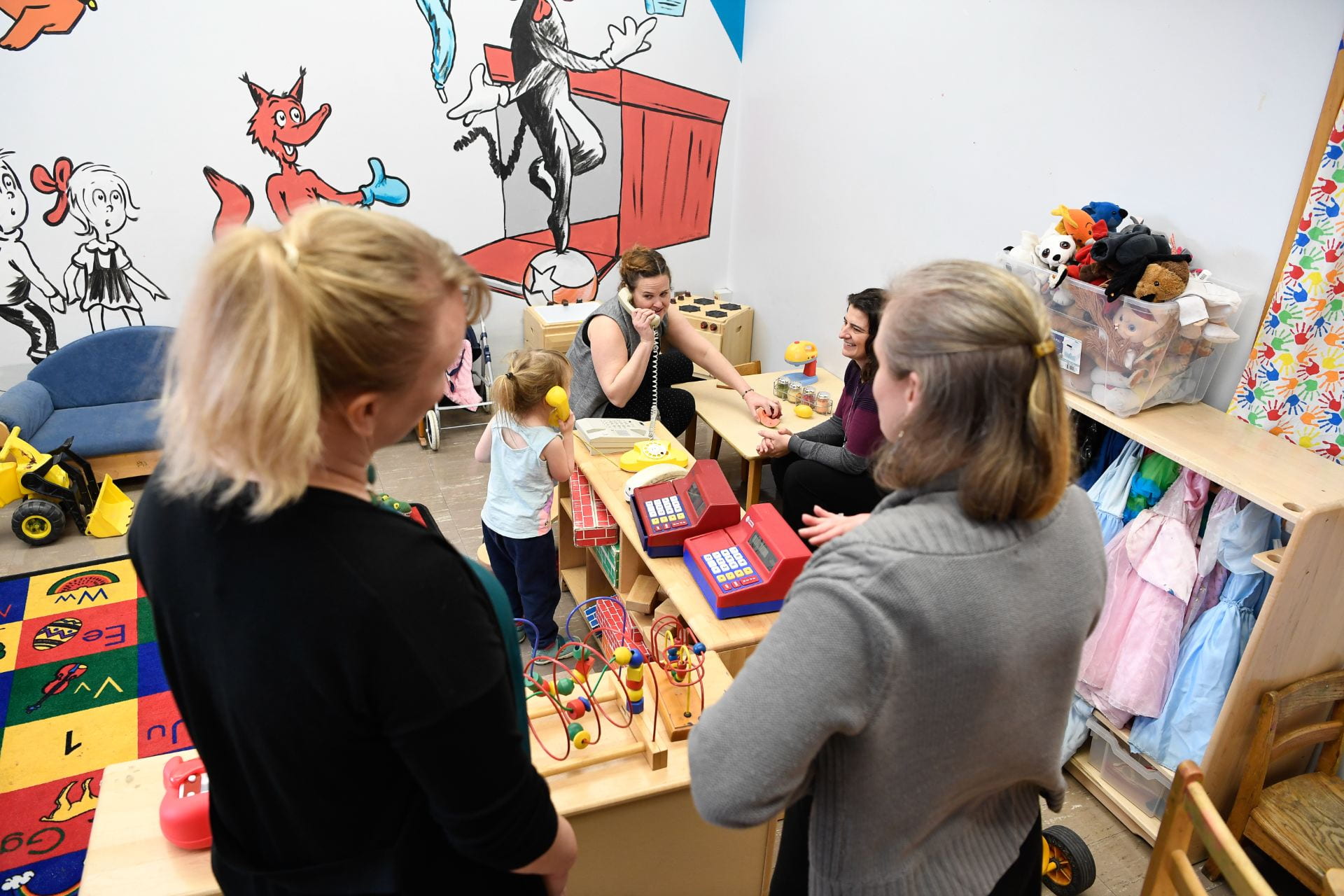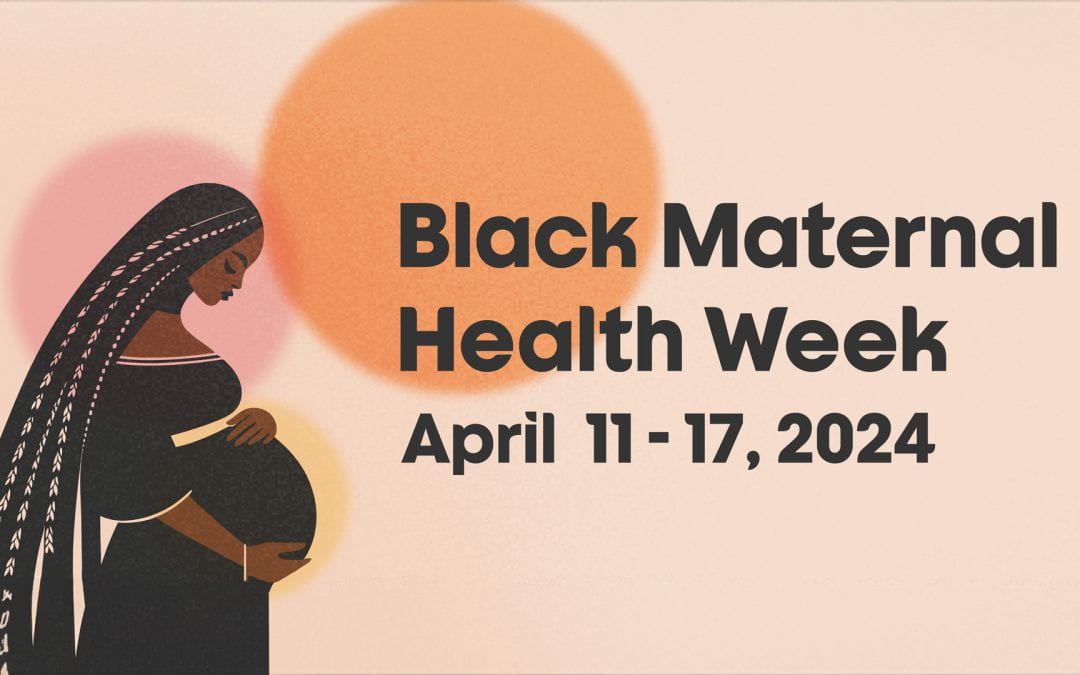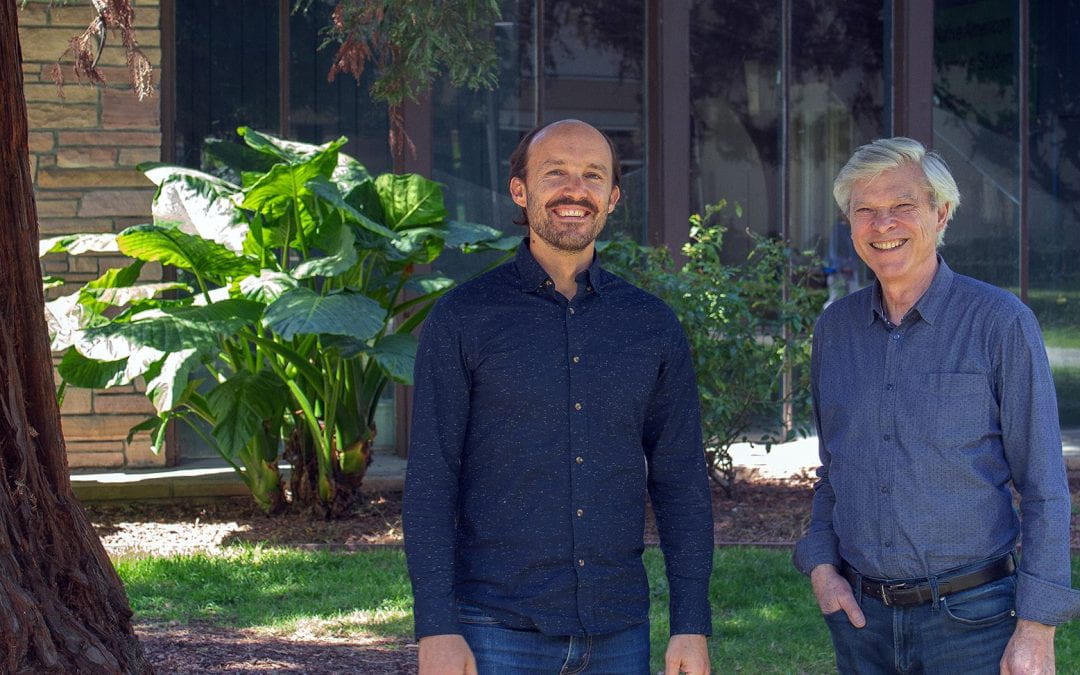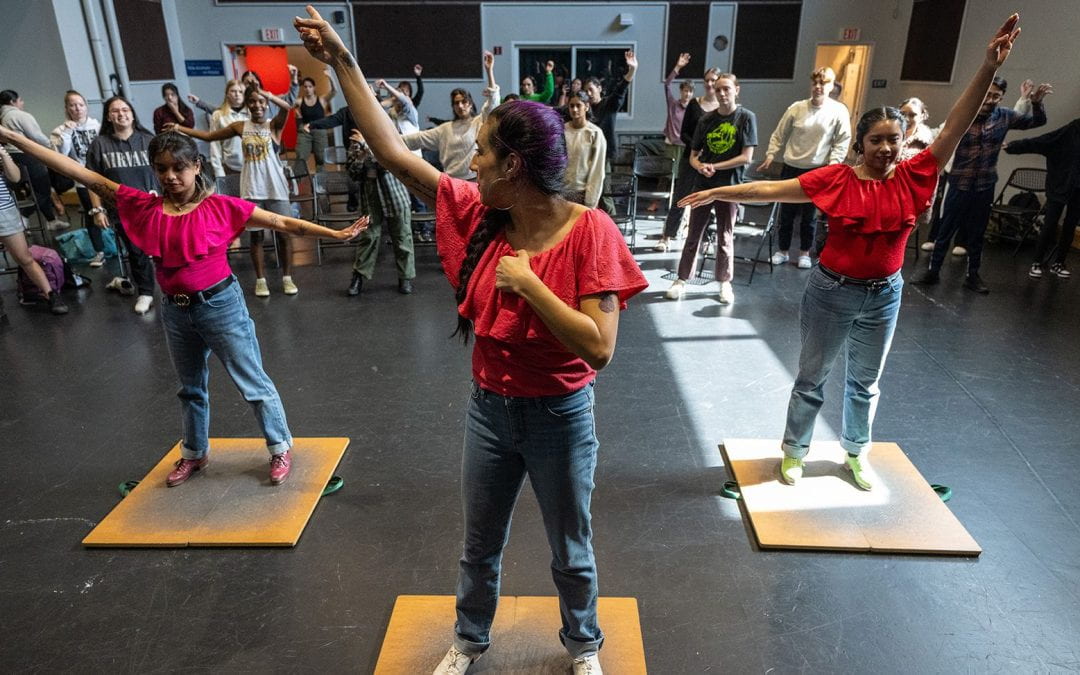How Can Educators and Parents Prepare for the K-12 School year? A Q&A with Lara Ervin-Kassab

SJSU faculty interact with a small child in the Lurie College’s Child Development Laboratory Preschool in Feb. 2020. Photo by Bob Bain.
Whether you’re a K-12 educator, caregiver or parent, this fall promises more than the usual back-to-school excitement and anxiety. Nearly 18 months into the COVID-19 pandemic, caregivers and educators must, once again, evaluate how to safely interact with learners while feeling the pressure to make up for lost time.
As the spouse of a high school teacher and mother to a kindergartner and a 1-year-old, I’m all too familiar with these concerns. While I’ll feel better once my kids can access a vaccine, I am still eager to usher them both into classrooms of some kind next week. Like many of my peers, I have way more questions than answers.
Lucky for me, San José State’s Connie L. Lurie College of Education is home to experts like Assistant Professor of Teacher Education Lara Ervin-Kassab, who has 25 years of experience teaching pre-K through graduate school.
This summer, she offered a webinar on considering community and trauma as part of the Lurie College’s K-12 Teaching Academy. She was kind enough to answer my questions — and yes, lower my blood pressure — about preparing for school in a COVID world.

SJSU Lurie College of Education Teacher Education Department Faculty Lara Kassab. Photo by Brian Cheung-Dooley.
How can schools, educators and parents prepare students for returning to a classroom environment?
Lara Ervin-Kassab (LEK): Everyone has experienced some level of trauma during the pandemic, and we need to acknowledge that in others and in ourselves.
First, this is an opportunity for us to step back and ask, what is really worthwhile in education? What is the actual purpose of this whole process? What do we really want it to do?
Then, we can reprioritize and open up dialogues around how we make schools a place where everyone feels supported coming out of this traumatic experience. How can we make schools a place where everyone’s humanity is acknowledged and engaged and their interests are being heard?
How have districts addressed some of these concerns?
LEK: Several of our local districts and parent-teacher associations have started these conversations about what we want schools to look and feel like. At least one district has moved toward offering an in-house online school for parents and students who may have concerns about going back to face-to-face. That, again, is an opportunity to look at making sure our educational system is thinking about everyone’s needs and how those can best be supported.
How has COVID-19 affected how teachers design and implement curriculum?
LEK: I teach a course in classroom management for pre-K and K-12 teachers. I’ve also been researching how teachers should continue to use technology.
I think there has been resistance to changing some of the ways we teach in order to better utilize technology, and COVID either reinforced resistance to the tech or helped teachers overcome their fears. A lot of us used tools we never used before, and the ways we used those tools caused us to reflect on how we’ll continue to use them moving forward.
For instance, I feel strongly that all student voices need to be heard. In a face-to-face classroom, you have students who may never speak, who may not raise their hands or who may feel really uncomfortable engaging that way. Since teaching online, a lot of the students who usually don’t want to raise their hands or speak out loud were very engaged through the virtual chat feature.
So, going forward, how can I still provide my students with that ability to be a part of the conversation through chat once we’re back in a face-to-face environment?
Many of my teaching colleagues have provided their students with options to do videos or podcasts in lieu of more traditional assignments. This semester will be a test case for what sticks and what doesn’t, not only in K-12, but in education writ large and even in the corporate world.
As COVID protocols continue to shift and the Delta variant poses a threat this fall, how can teachers manage their own stress, mental health and well-being as well as that of their students?
LEK: I recommend teachers and parents look into the Center for Reaching and Teaching the Whole Child, which was founded by Emerita Professor of Elementary Education Nancy Markowitz. It is grounded in the idea of helping the whole person learn. It’s very integrated with social emotional learning — helping our students learn to engage socially to understand and regulate their own emotions.
This is especially important after more than a year of being isolated from other people. With every class I teach, whether in person or online, I start with a short mindfulness activity that helps reinforce how to breathe and sit in the present.
The center has a great teacher competency anchor framework that reminds teachers to do the work alongside their students. So, for teachers and parents alike, if you take a few minutes to practice mindfulness with your kids, remember to practice it yourself. These activities are very helpful when you or your kids are feeling overwhelmed.
What main message do you have about returning to school, whatever it looks like, in 2021?
LEK: Be patient. Be kind to yourself and to all the people around you.
Take this uncertainty and find ways to embrace your creativity. This year is an opportunity for us to acknowledge the discomfort, and with that, we can either push back and close down, or we can say, “This is uncomfortable. What do I need to do to make it better? How creative can I be right now? How can I think of how these possibilities could recognize our diversity?”
What’s one tip you’d give every parent and teacher?
LEK: When you’re not sure about something, ask the children and listen to their answers. Because even children as young as 2 or 3 years old have a really good sense of what they need. They may not have the vocabulary for it, and they may not be able to distinguish between what they want and what they need, but if you have a conversation with them, you can begin to understand what they need.
Watch Ervin-Kassab’s 2021 K-12 Teaching Academy webinar, “Considering Community and Trauma,” for more resources for teachers, caregivers and parents.




